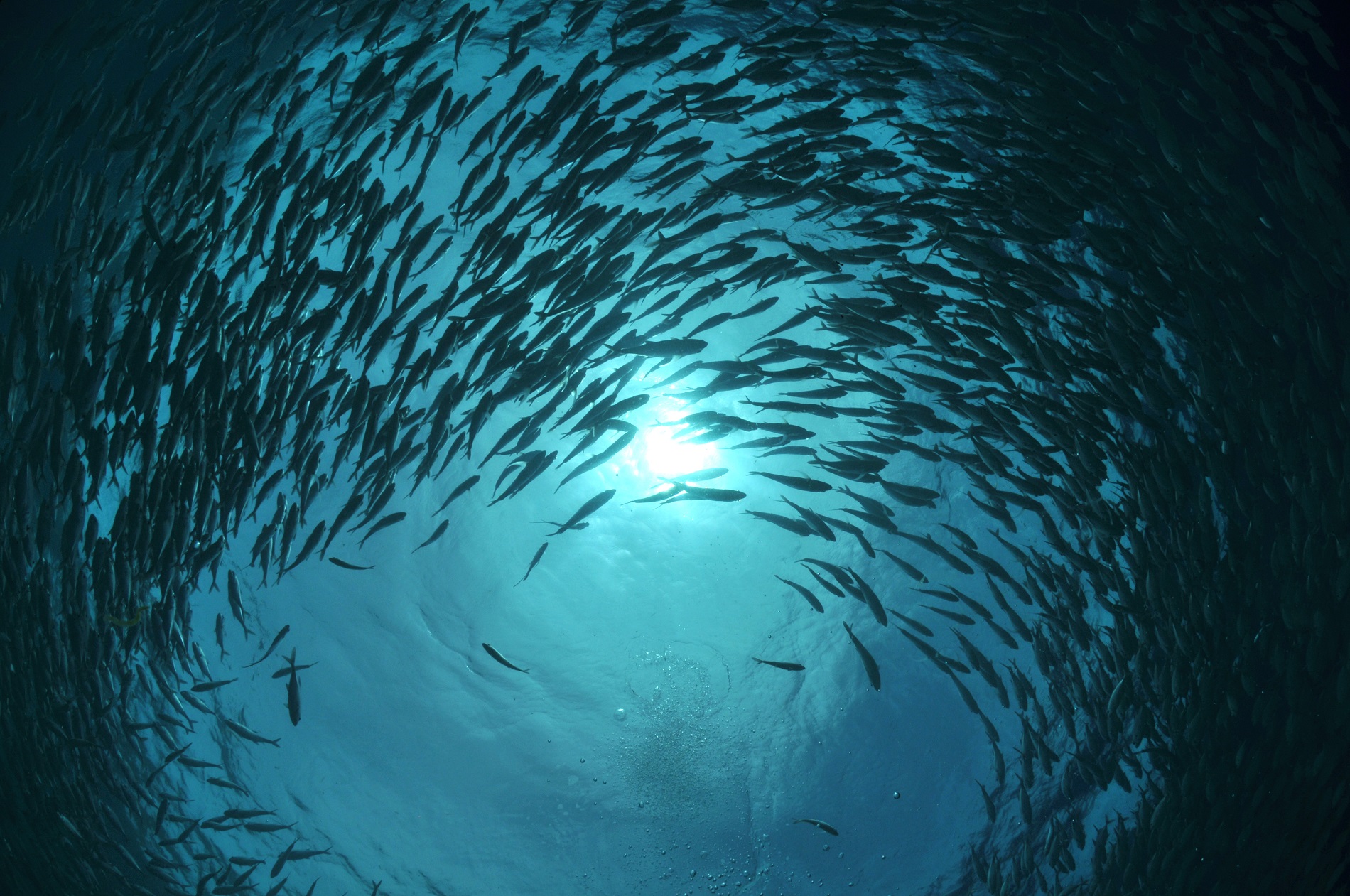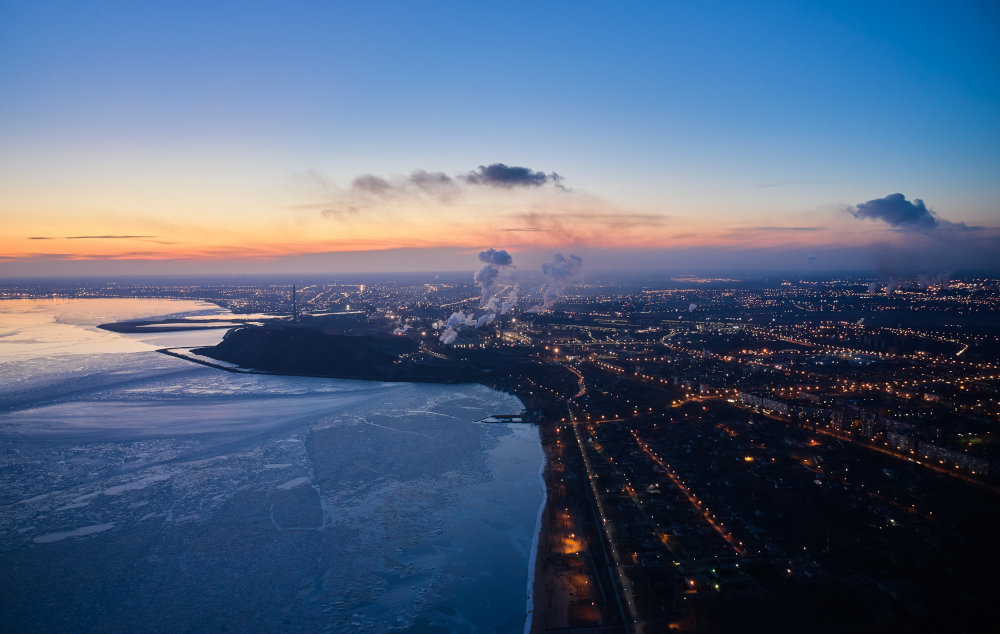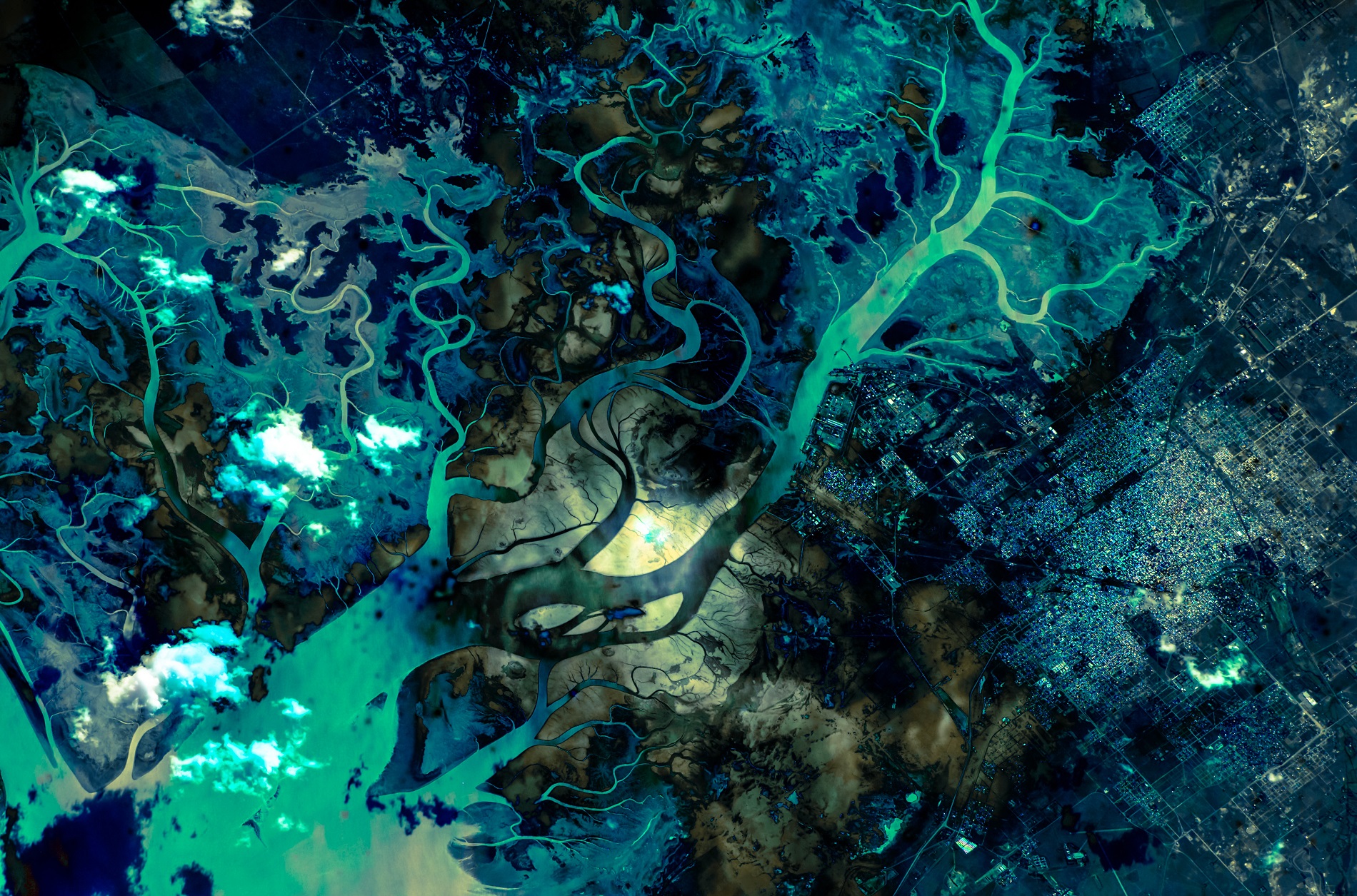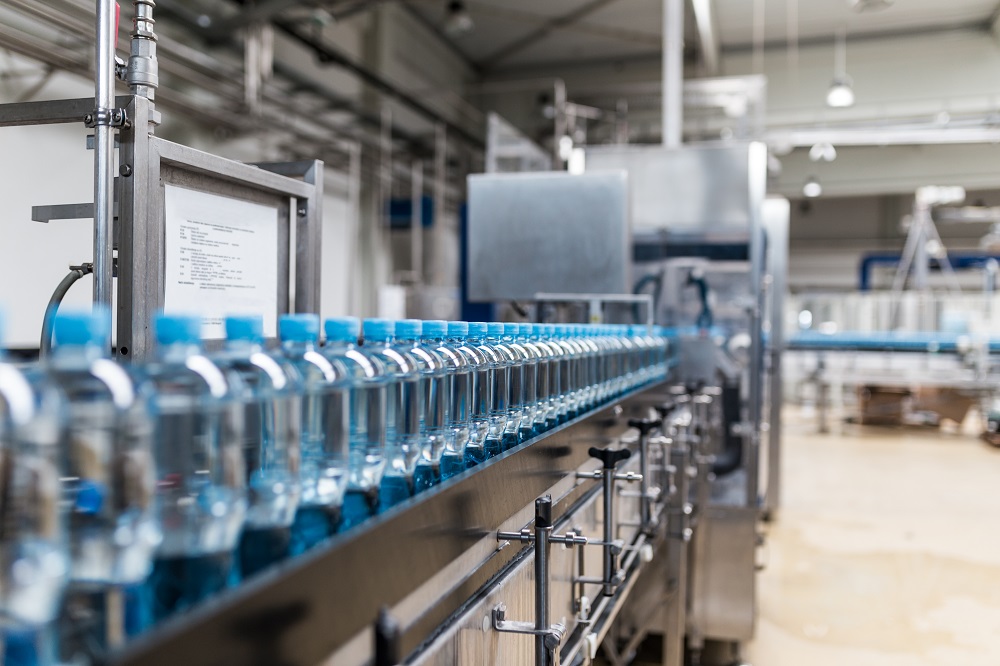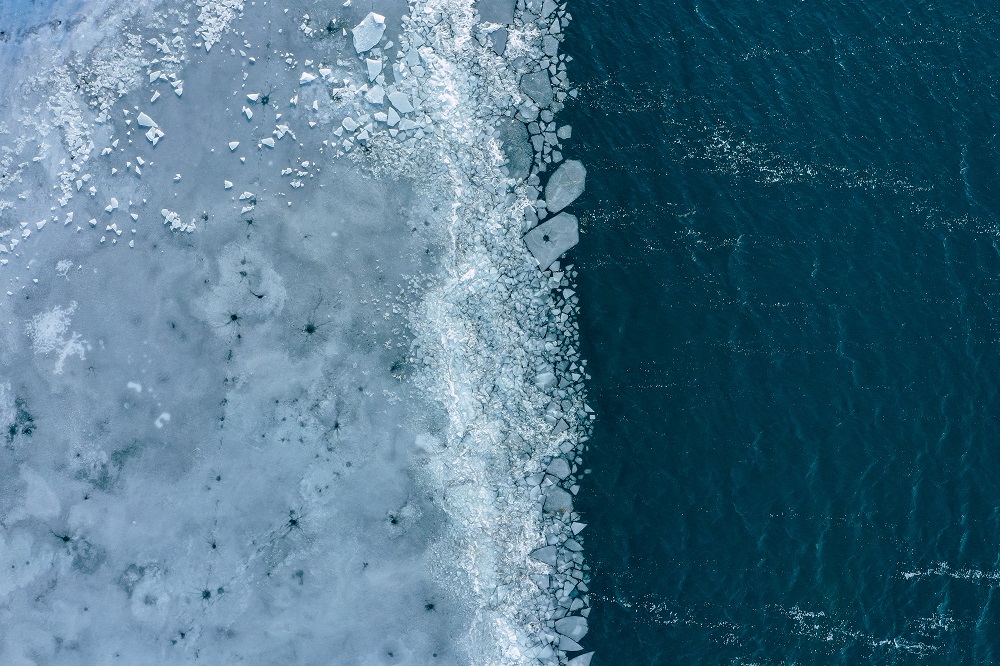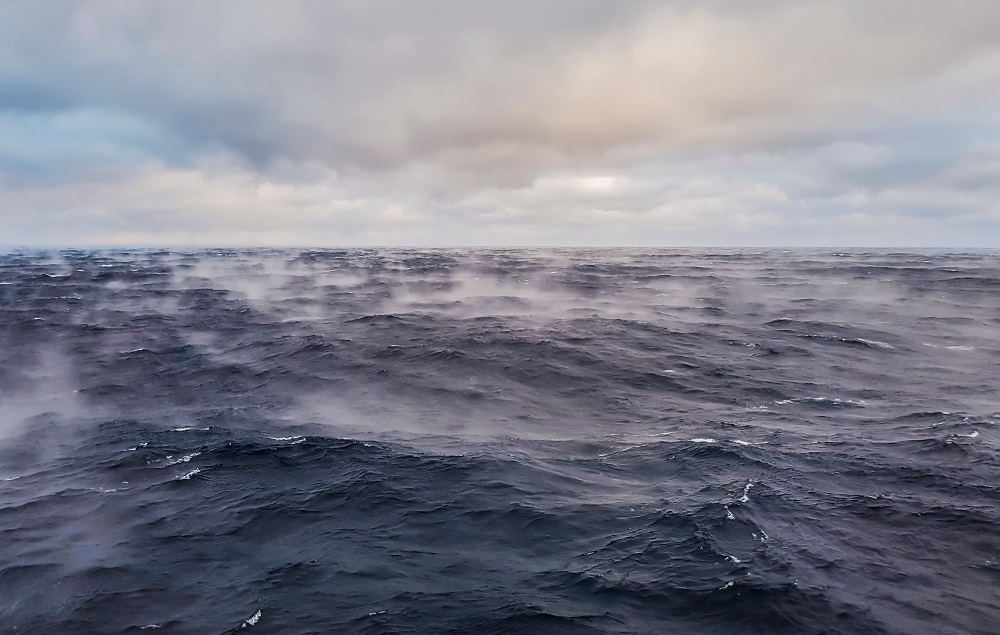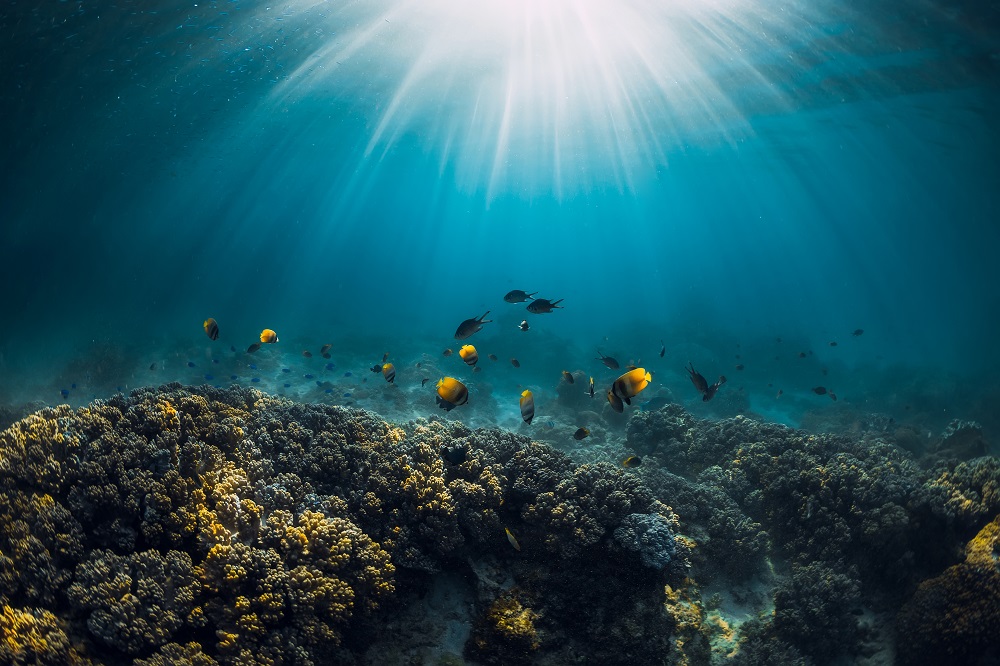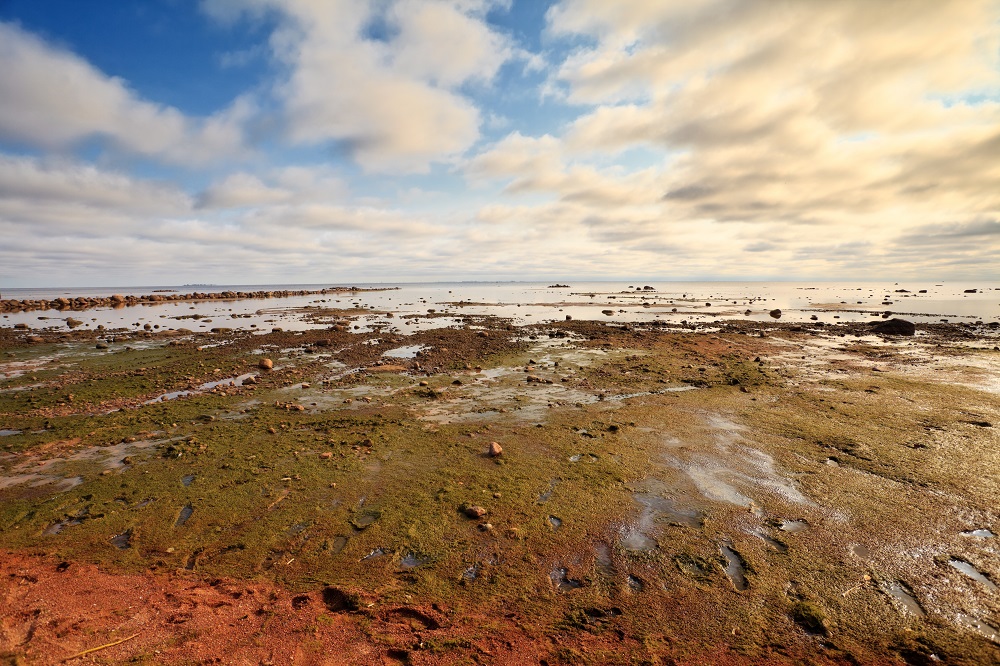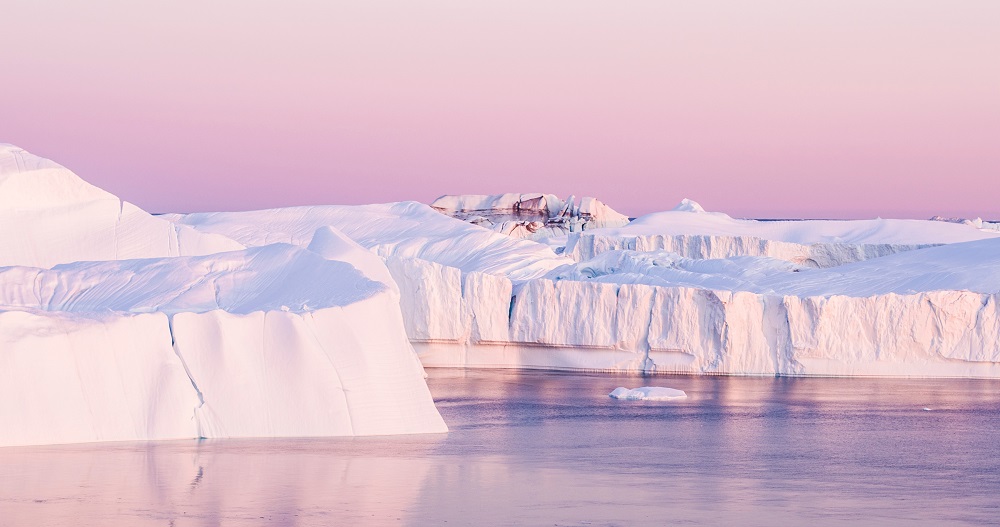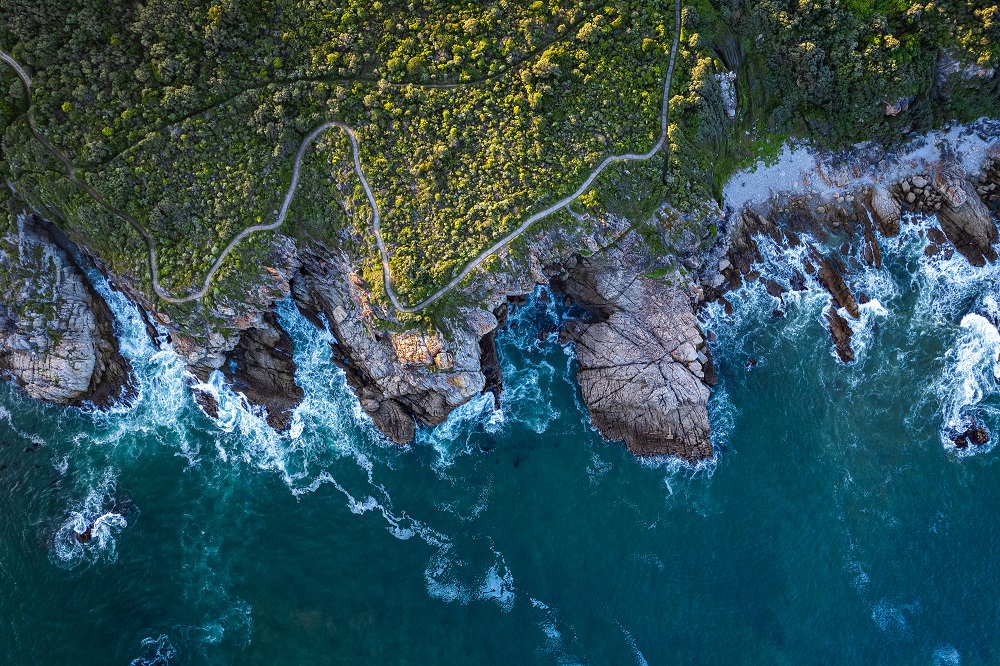The need to fill the array of global knowledge gaps is one that the United Nations Environment Programme (UNEP) highlighted in its 2019 Global Chemicals Outlook report—one of ten key areas it identified as important for the world to tackle to minimise the adverse effects of chemicals and waste. UNEP says that more attention is needed to determine how mixtures of chemicals affect the environment—including the marine environment.
This makes drafting a list of the ocean chemical pollutants of greatest concern a significant challenge. We know so little (and in many cases nothing) about most man-made chemicals. Very few of these have been tested for their potential to harm humans, to say nothing of the damage they do to the environment. A recent 20-year study that examined more than 130,000 scientific papers found that just 65 chemicals were the subject of more than half of those papers. The vast majority remain understudied. We know very little about the chemicals in use, let alone about their impact on the ocean.
This excerpt of The Invisible Wave outlines the key chemicals and chemical groups of greatest concern when it comes to marine chemical pollution, looking at each group’s known causes and impacts.

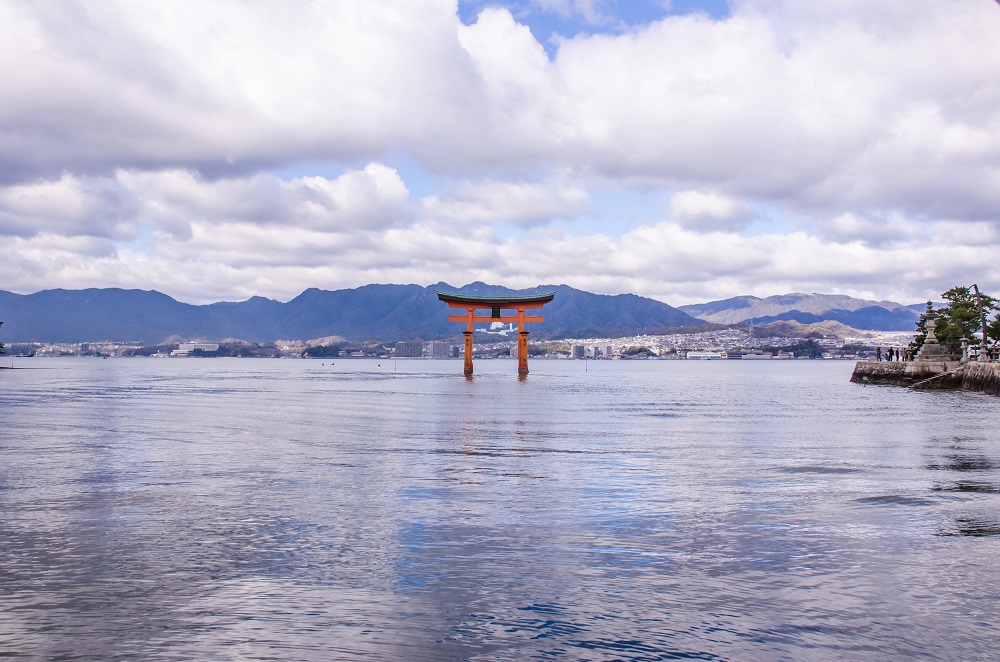

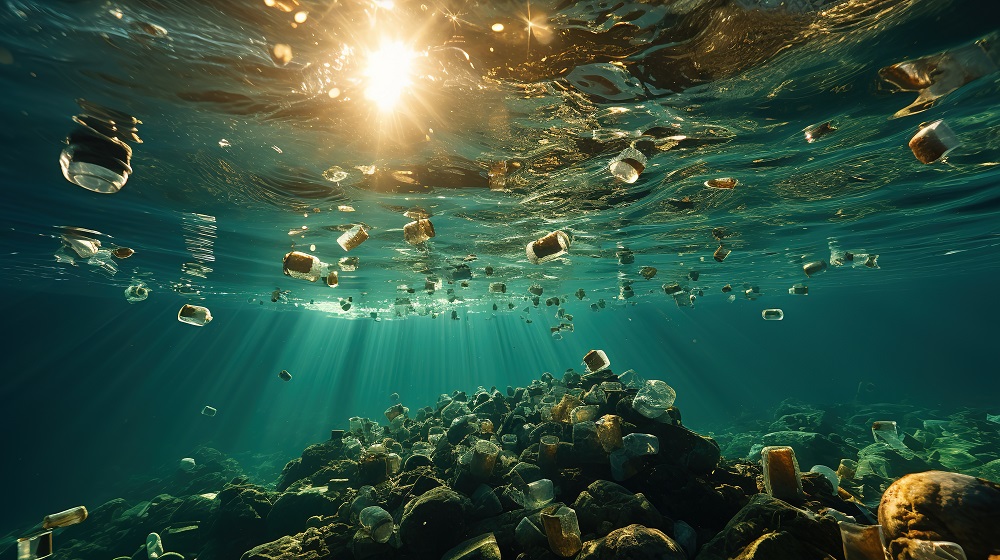





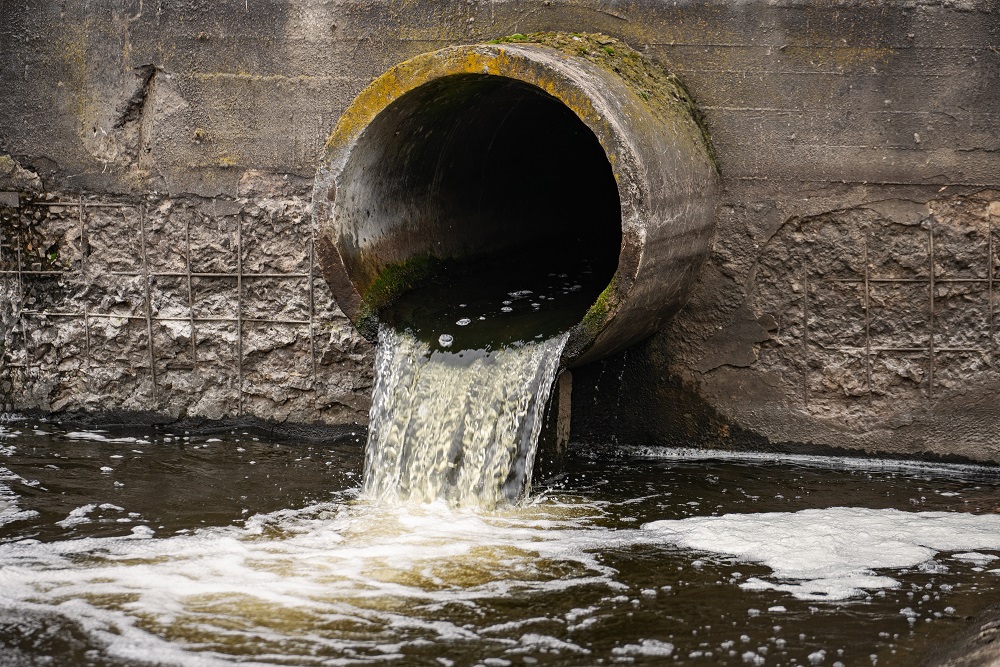 The scourge of untreated wastewater
The scourge of untreated wastewater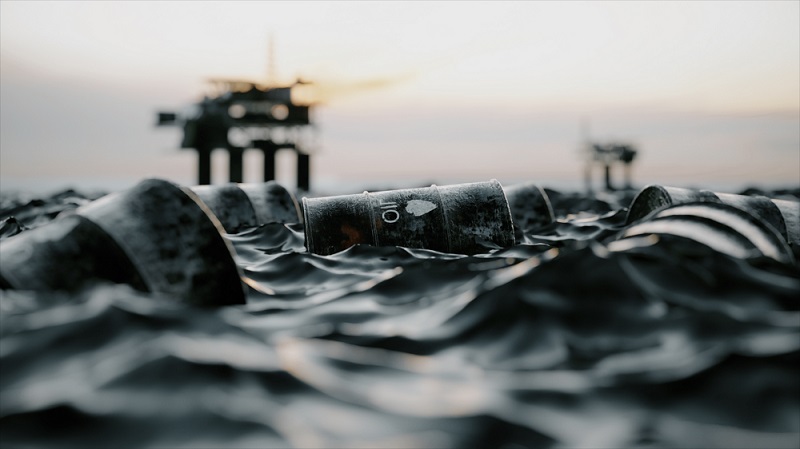 Slowing
the chemical tide: safeguarding human and ocean health amid
chemical pollution
Slowing
the chemical tide: safeguarding human and ocean health amid
chemical pollution Hazardous chemicals in plastics - the discussions at INC
Hazardous chemicals in plastics - the discussions at INC


